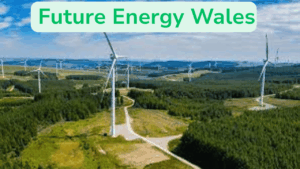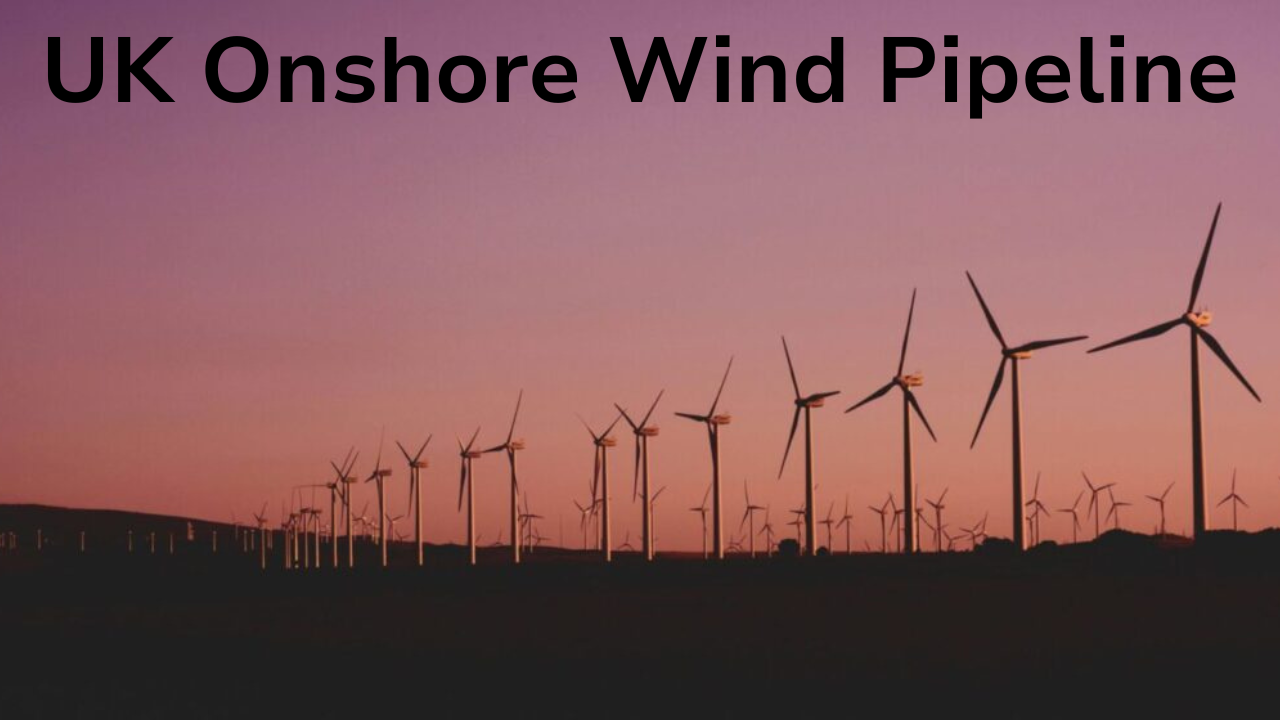Great news for the UK, under the massive construction, the overall pipeline for UK onshore wind projects operation, or being planned, has increased in capacity. It was only 42745MW in September 2024, but during a one-year project, it has increased in its capacity increased by 4313MW, and it became a total of 47058MW by September 2025.

“Rolling out more onshore wind is a no-brainer; it is one of our cheapest technologies, quick to build, supports thousands of skilled jobs, and can provide clean energy directly to the communities hosting it.” Michael Shanks, Energy Minister.
It is increasing upwards in the project of commissioning since the historic low in 2020. With this project, the operational capacity has increased in a super way and reached 15827MW in September 2025, from 15566MW in September 2024. The capacity of projects that are under construction or consented has also increased again from 7568MW to 8458MW as of the date of analysis.

Department for Energy Security and Net Zero
According to the official news, through the second quarter of this year, 2025, the total energy production was 23.1 million tonnes of oil equivalent, 0.9 per cent higher than in the second quarter of 2024. It rises with all primary fuels except bioenergy and waste, nuclear, and hydro.
If we look at the total primary energy consumption for energy usages that it fell by 4.5 per cent. It happens due to the motor spirit and jet fuel feeding up, but diesel consumption is down. Also, gas for heating down due in part to record temperatures for the part, whilst solar output improved, increased by record sun hours for the quarter. When attuned to take account of climate change, primary energy consumption fell by 3.9 per cent.

“Rolling out more onshore wind is a no-brainer; it is one of our cheapest technologies, quick to build, supports thousands of skilled jobs, and can provide clean energy directly to the communities hosting it.” Michael Shanks, Energy Minister.
Under the report of the second quarter of 2024, total final energy consumption (excluding non-energy use) was at 2.6 per cent, down from to on quarter. Domestic consumption also fell by 15% to the lowest level recorded for the second quarter this century, due in part to record warm temperatures. Other final users’ consumption fell by 4.5%, mainly from the service sector, and industrial consumption fell by 4.4%, whilst transport consumption rose by 3.9%.

As per on a season and temperature adjusted basis, the final energy consumption fell by 2.2%, with falls in all sectors except transport, which rose by 3.7%.
UK Energy Trends 2025
Percentages change from Quarter 2 2024, primary energy basis

| Mtoe basis | Production | Imports | Exports | Demand |
| Total energy | +0.9% | -5.3% | +4.2% | -5.0% |
| Coal | +55% | +8.1% | -38% | -48% |
| Primary oil | +4.5% | -3.6% | -2.6% | -2.1% |
| Petroleum Products | -7.3% | +1.5% | -11% | -0.5% |
| Gas | +3.6% | -14% | +27% | -8.7% |
| Electricity | -3.4% | -10% | +20% | -3.4% |
- A part of electricity generation from renewable bases during the second quarter of this year has increased to a new record level of 54.5% of all generation.
- A 10% rise in offshore wind generation to 10.8 TWh and a 27% rise in solar output to a record 7.1 TWh contributed to the new record. Also, solar generation was at a very high
Level, reaching the high share of 11.0% of all generation, with these record sun hours and improved ability to pay.
“This strategy is focusing on overcoming barriers and challenges we face across the industry in the deployment of inshore wind while capturing the major socio-economic benefits it can bring to the environment and to local economies.” Matthieu Hue, Co-chair of the Onshore Wind Taskforce and CEO of EDF Renewables UK & Ireland.
- Despite a 13% fall in nuclear output, with the lower carbon generation share, it also reached a high record of 69.8%; with fossil fuel share, it reached a low record of 26.7%.
- 2024 out-turn for the Clean Power 2030 targets, these are involved in Energy Trends through this quarter for the prime time. Next details on these metrics can be found in chapter 5, and the supplementary practice note is included as a special article in this document.
- UK energy production throughout the second quarter of last year was up 1% on last year’s near-best-ever low. It increases with the oil, gas, and wind and solar output, offsetting falls in nuclear and bioenergy. The Energy production remains low by historic values, down 25% in the second quarter of 2019, as output from the UK’s mature continental shelf continues to decline.
- Total final energy consumption was at 3.2%, which is lower than in the second quarter of last year. It is a 15% fall in domestic consumption that is notable. The greatest high temperature for this quarter was a factor in this fall, but due to the season and temperature-adjusted domestic consumption is near historic lows. Transport demand increased by nearly 4% with the increases in petrol and jet fuel offsetting in diesel demand.
James Robottom, Head of Onshore Wind Delivery
Throughout 2024, James had made the excessive claim that the last year had been the most crucial 12 months for onshore wind in the UK ever. However, in the previous 12 months, it has possibly given it a cycle for its money, for the lifting of the de facto ban on onshore wind in England, as well as the delivery of an Onshore Wind Taskforce Strategy.
“As one of the cheapest and fastest to build sources of power we have, onshore wind will play a critical role in boosting our energy independence with clean power by 2030. The reality is that every turbine we build helps protect families, businesses, and the public finances from future fossil fuel shocks.” Matthieu Hue, Foreword, Co-chair of the Onshore Wind Taskforce and CEO of EDF Renewables UK & Ireland.
In short, the onshore wind remains at the heart of the UK’s clean energy change, and this report highlights the sector’s flexibility and development. It was against an exciting policy and planning backdrop in the previous year. The new analysis from EnergyPulse shows that the national pipeline has expanded to more than 47GW, with operational capacity reaching 15.8GW. Under this progress, evidence of the willpower of our production, and the growing recognition that onshore wind is one of the most cost-effective and pragmatic routes to achieve net zero.
“Onshore wind has an important role to play in a secure and decarbonized energy mix, so it is welcome that the government is taking steps to support its rollout.” Sue Ferns, Senior Deputy General Secretary, Prospect Union.
“Clean Power 2030 is our ambitious mission to grow rapidly Britain’s clean electricity infrastructure, reducing Britain’s dependency on imported oil and gas, securing key clean industries and readying the country for the expected growth in electrical demand over the next 20 years.” Chris Stark, Foreword, Head of Clean Power 2030, DESNZ
Each person should know that the data which is presented here reproduces not only the measure of the pipeline but also the rapid progress in technology. Turbines being acceded today are taller, more powerful, and more efficient than ever before, with tip heights over 200m becoming commonplace in applications. This change is enabling developers to deliver more clean electricity from fewer turbines, which decreases costs and environmental impacts while exploiting profits for the societies that host them.
Why does it matter?
James mentioned that the outlook for 2030 and further is remarkable. If all projects in the present range move forward, then every residence can see onshore wind capability more than double to 24GW by the end of the decade, with more growth to over 33GW by 2033. This will need a helpful policy environment, faster planning conclusions, and investment in grid infrastructure.
As the UK struggles to support its energy security, decrease the electricity bills, and cut carbon emissions, onshore wind has never been more significant. With this report, detailed intelligence is required to find the occasions and tests onward. Renewable UK will maintain continuity to work closely with its associates to see these drives become a reality.

